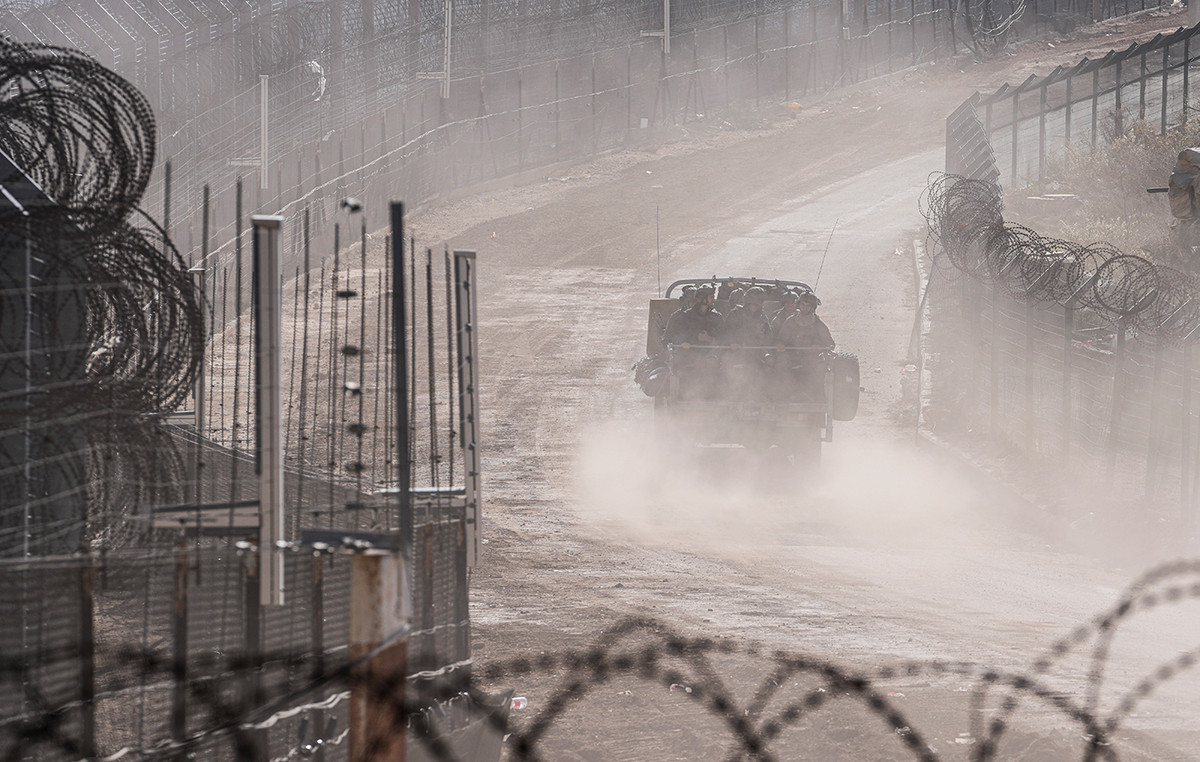The amount of money needed to help communities in the face of extreme weather-related emergencies has increased by more than 800% in the past two decades as the climate crisis has also rapidly accelerated, new research shows.
The report, released on Tuesday by Oxfam, found that not only is the need for United Nations (UN) humanitarian funding related to extreme weather now much greater than it was 20 years ago, but donor nations as well. are failing to keep up with the staggering costs of the climate crisis.
In 2021, the economic cost of extreme weather events was approximately $329 billion worldwide — the third largest year on record and nearly double the total aid donated by rich nations to poorer countries in the same year.
Between 2000 and 2002, the UN required an average of US$1.6 billion in funding per year for humanitarian projects following extreme weather events. From 2019 to 2021, it was targeting an average of $15.5 billion a year — an increase of more than 800%.
Furthermore, the report shows that for every $2 needed to deal with climate change disasters, rich donor countries are only providing half of that.
“Climate change is harming and will continue to harm, first and worst, Blacks, Indigenous Peoples and other vulnerable communities — disrupting their livelihoods, culture, health and way of life,” Russell Armstrong, Oxfam America Senior Director Climate Adviser of politics, told the CNN .
“Even if the economic cost of climate change, estimated at between $300 billion and $500 billion globally, is equivalent to government subsidies for fossil fuels, calls for solutions have not been heeded,” he added.
As of 2017, around 54% of the developed countries responsible for the causes of the climate crisis have now heeded these UN humanitarian appeals, leaving a deficit of up to $33 billion.
From fighting wars to food shortages across the world, researchers say the climate crisis is putting further strain on an already financially troubled UN humanitarian system.
The impact of disasters caused by climate change exacerbates inequalities already installed in a country’s physical and social infrastructure, affecting mainly low-income nations.
These countries typically lack the proper infrastructure and money needed to recover from disasters.
According to the report, the countries with the most recurrent calls for extreme climate crises include Afghanistan, Burkina Faso, Burundi, Chad, the Democratic Republic of Congo, Haiti, Kenya, Niger, Somalia, South Sudan and Zimbabwe.
Meanwhile, rich countries like the United States continue to emit more of the emissions that fuel these extreme weather events.
As the largest historic emitter of carbon pollution, “the US has an obligation to the global community to prioritize the fight against climate change and help foot the bill for the costs of destruction caused by extreme weather,” Armstrong said.
According to the report, UN humanitarian appeals cover only a small fraction — about 7.5 percent or 474 million of the estimated 3.9 billion people — of low- and middle-income nations that have been plagued by change-induced disasters. climate since the beginning of this century.
The report was published as ministers gather in Bonn, Germany, for climate talks to discuss the issue of “loss and damage”, essentially the payment of funds from the rich world to countries dealing with the most severe impacts of the climate crisis. .
Source: CNN Brasil





